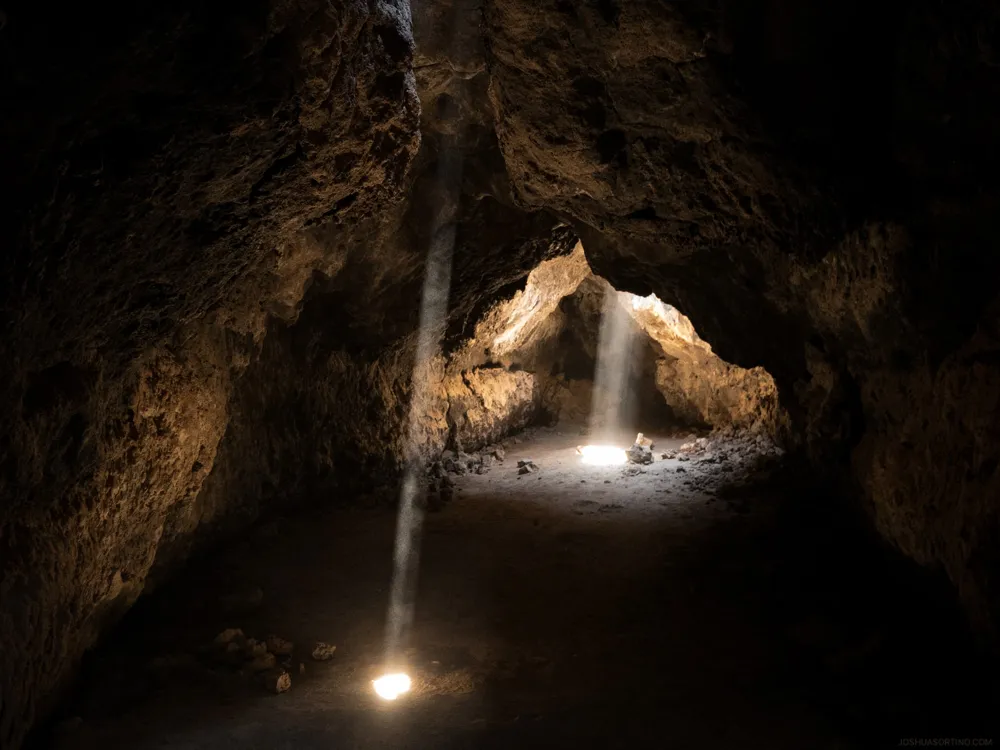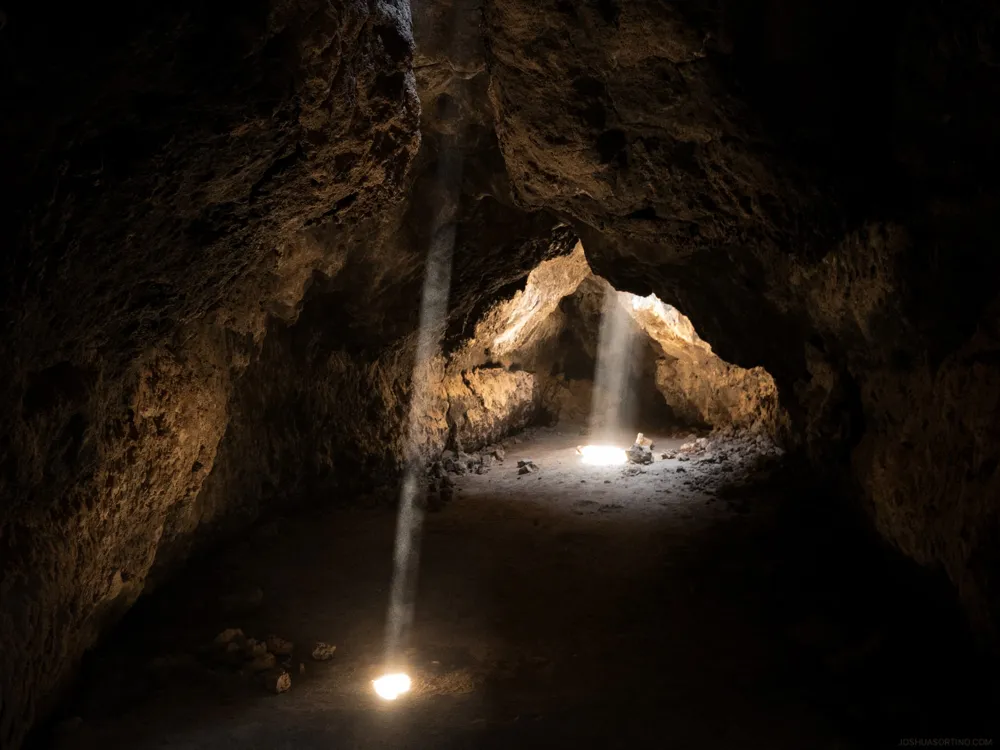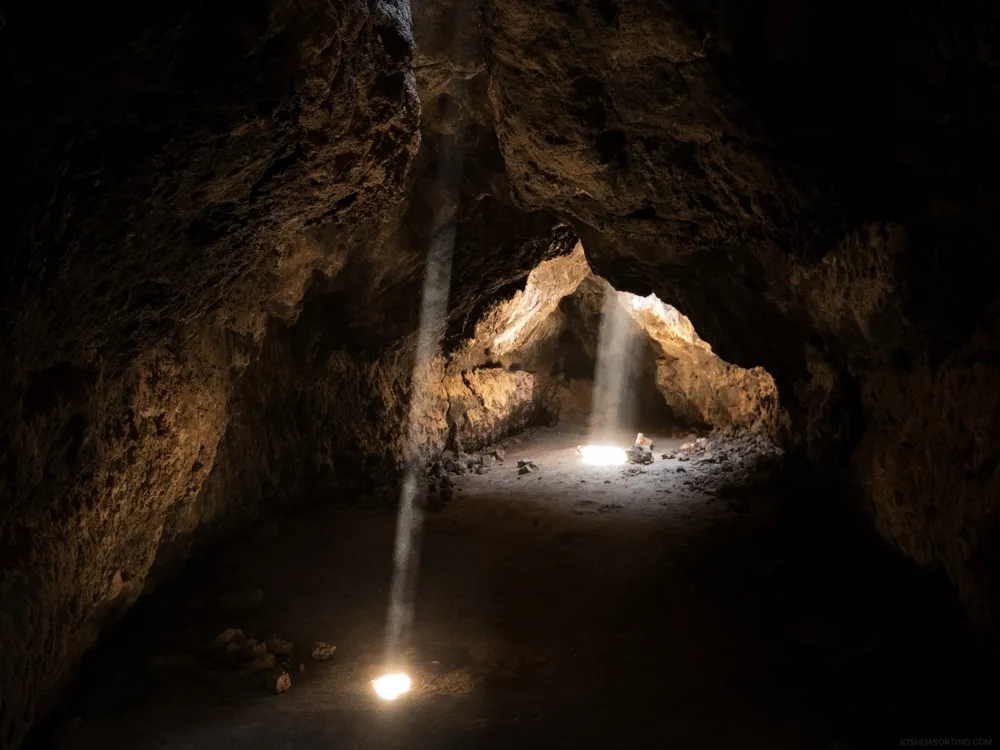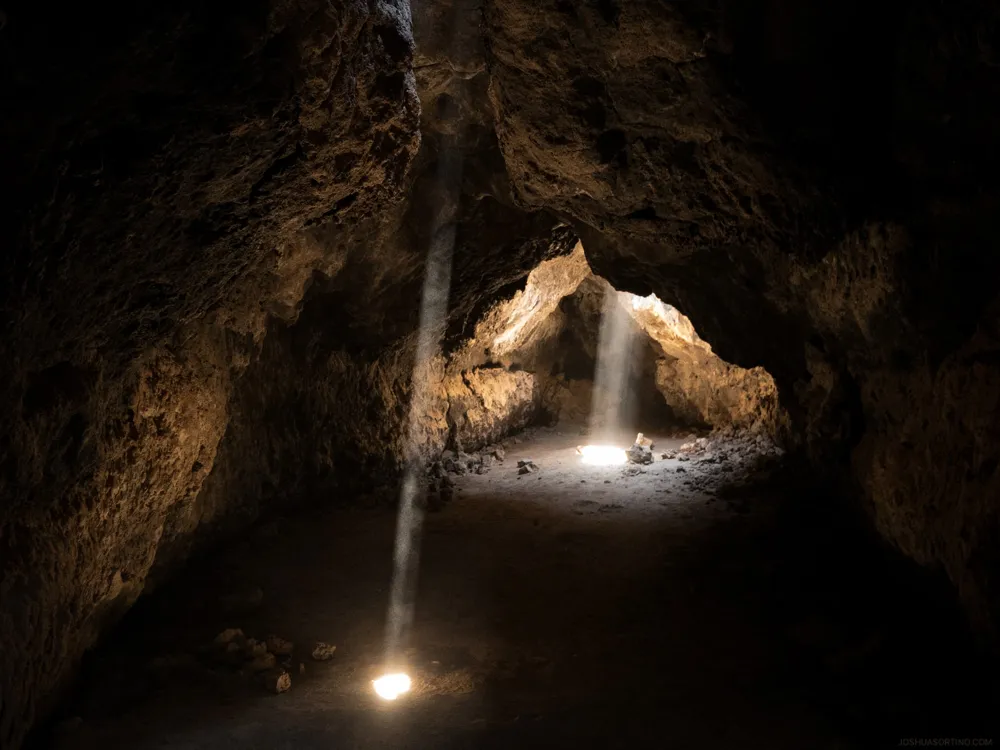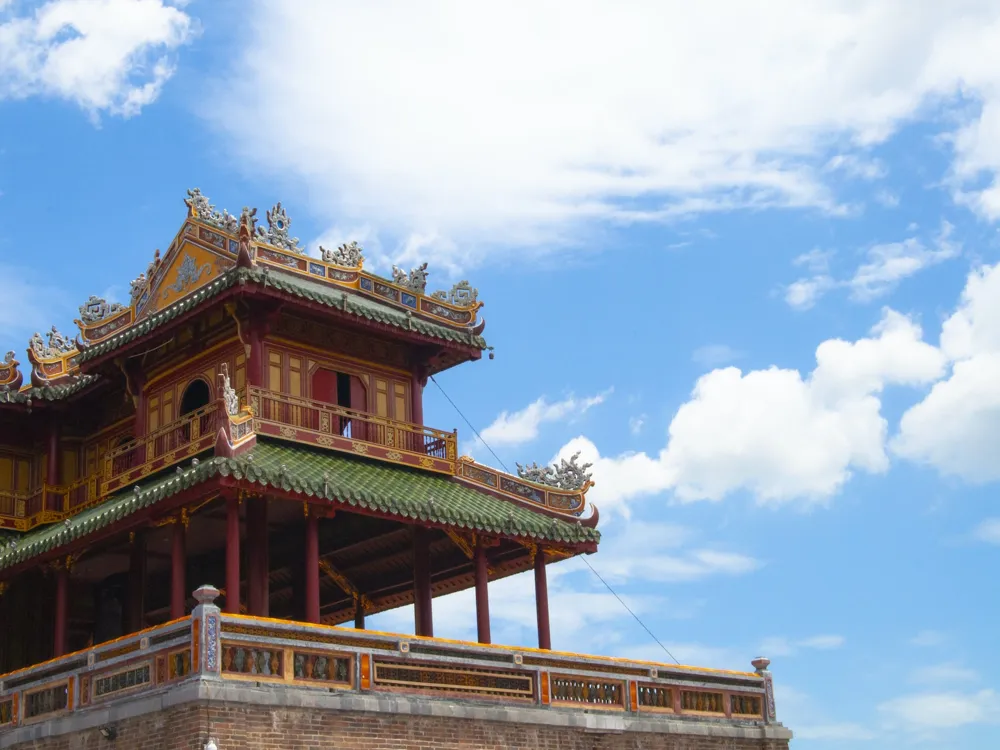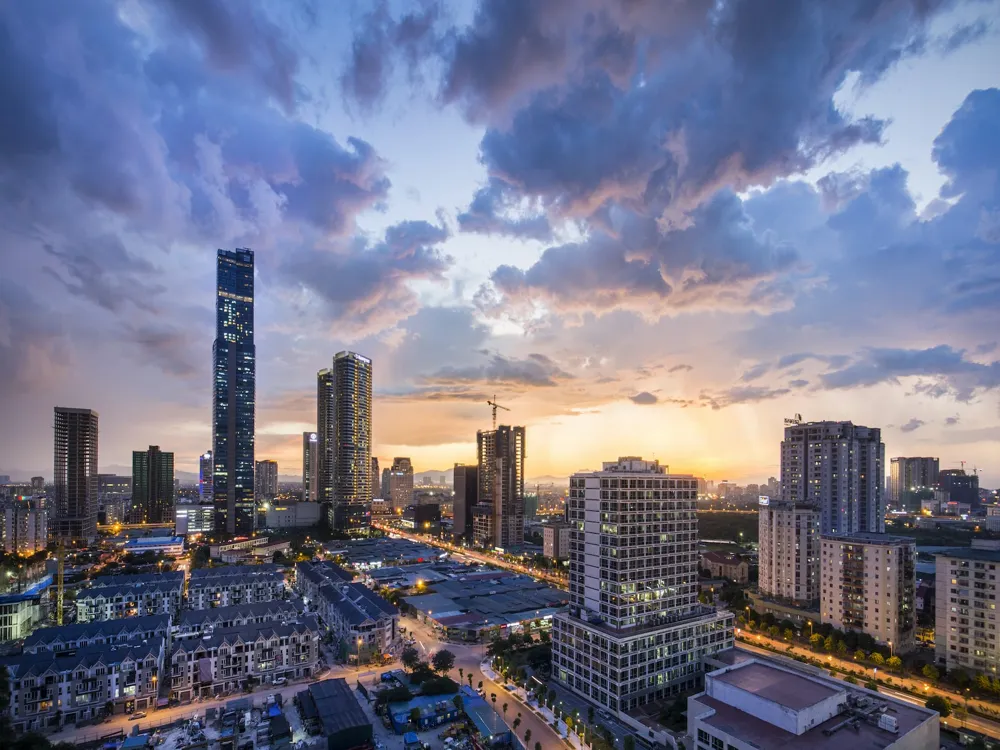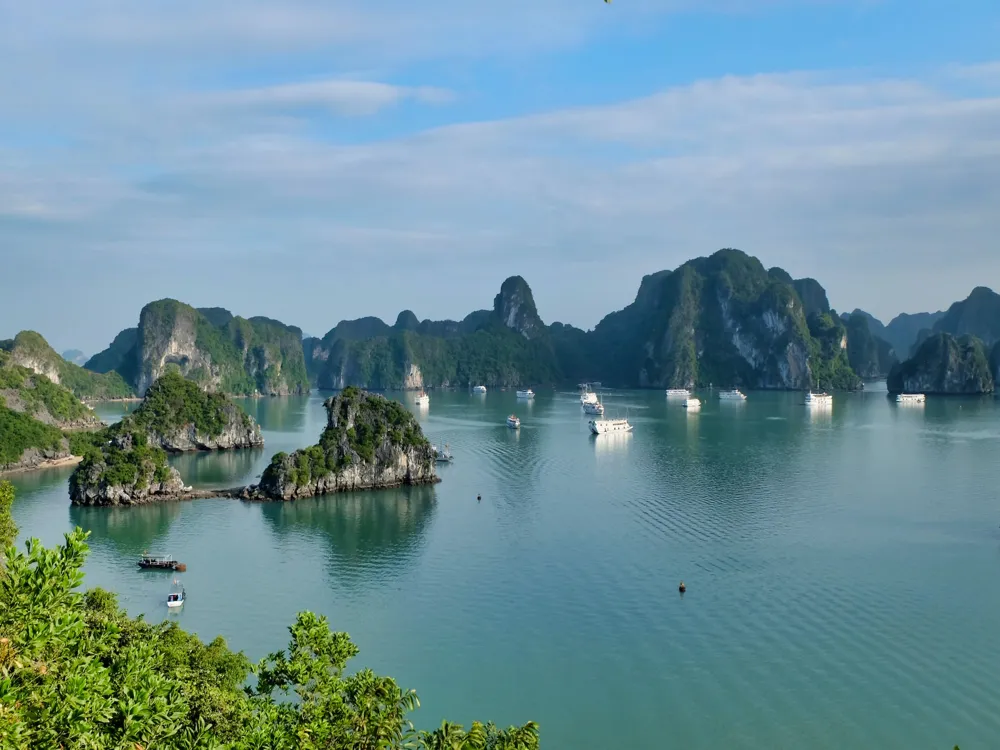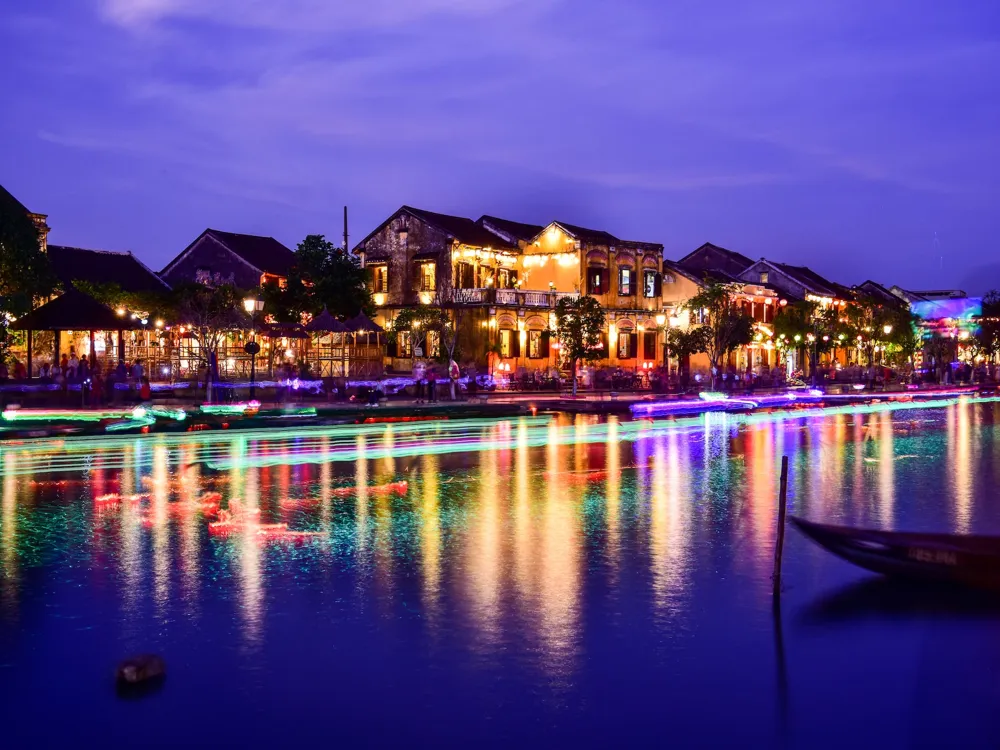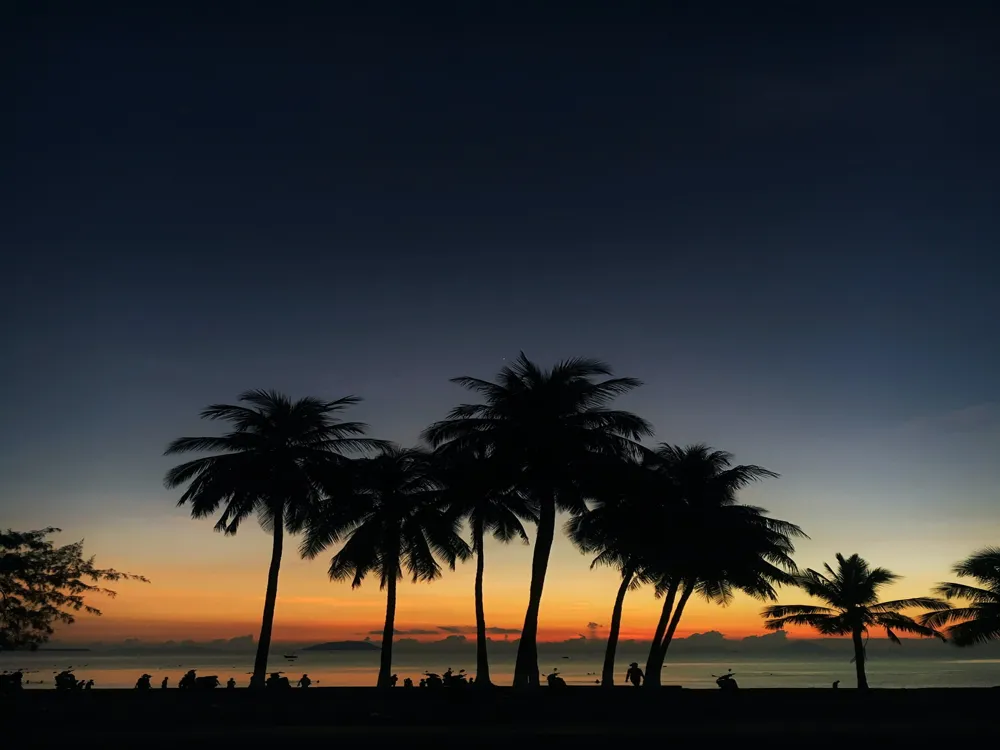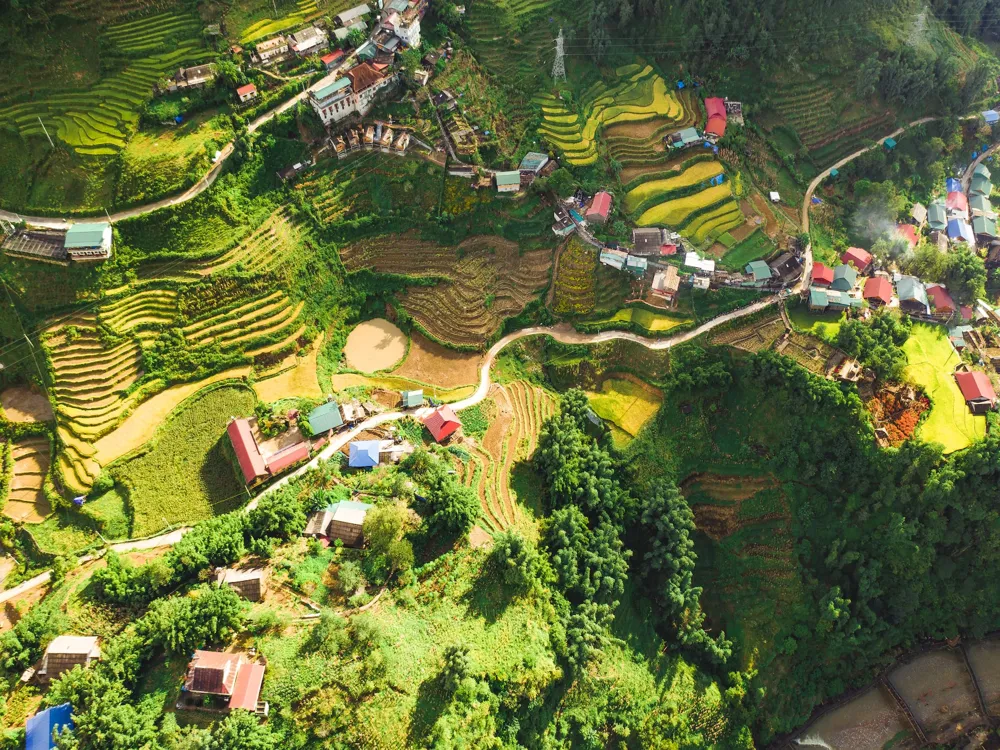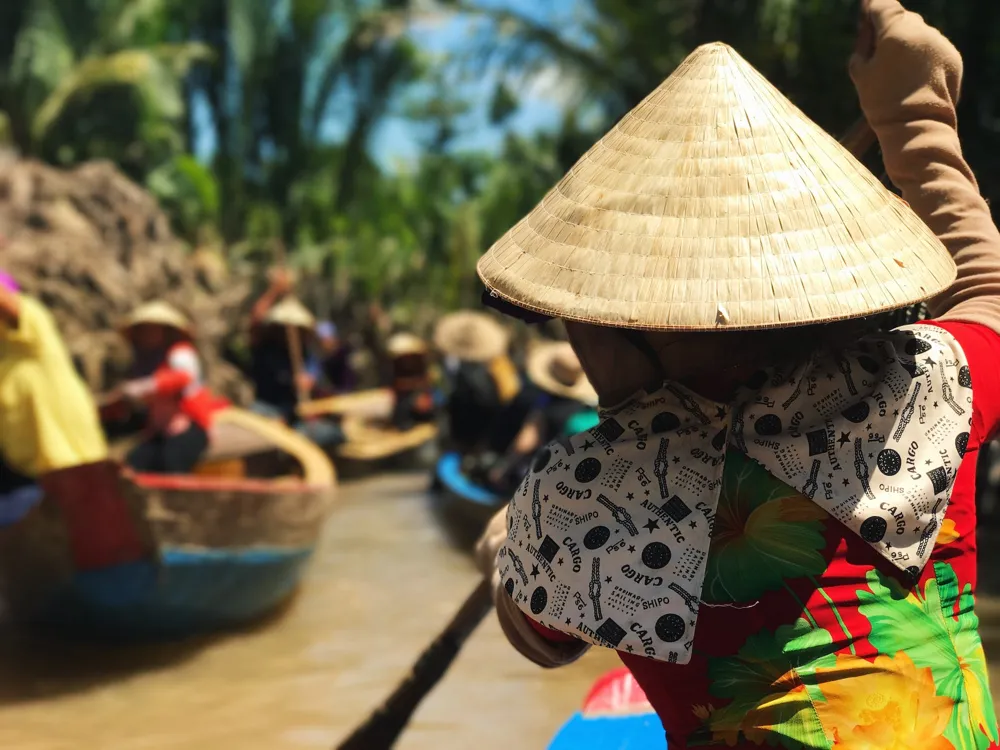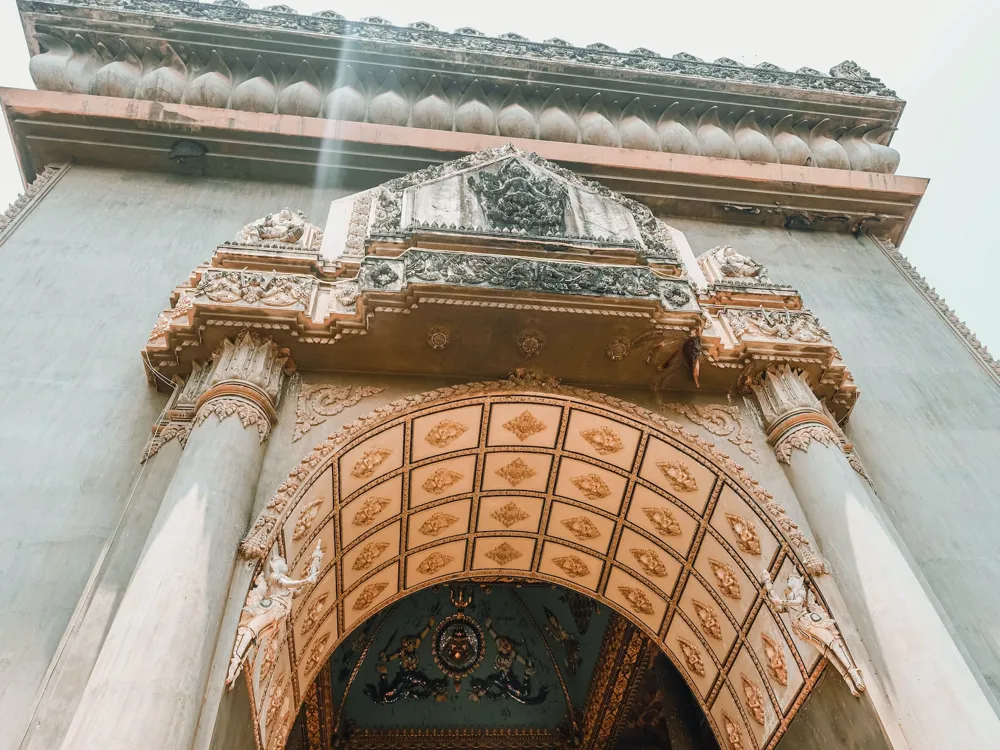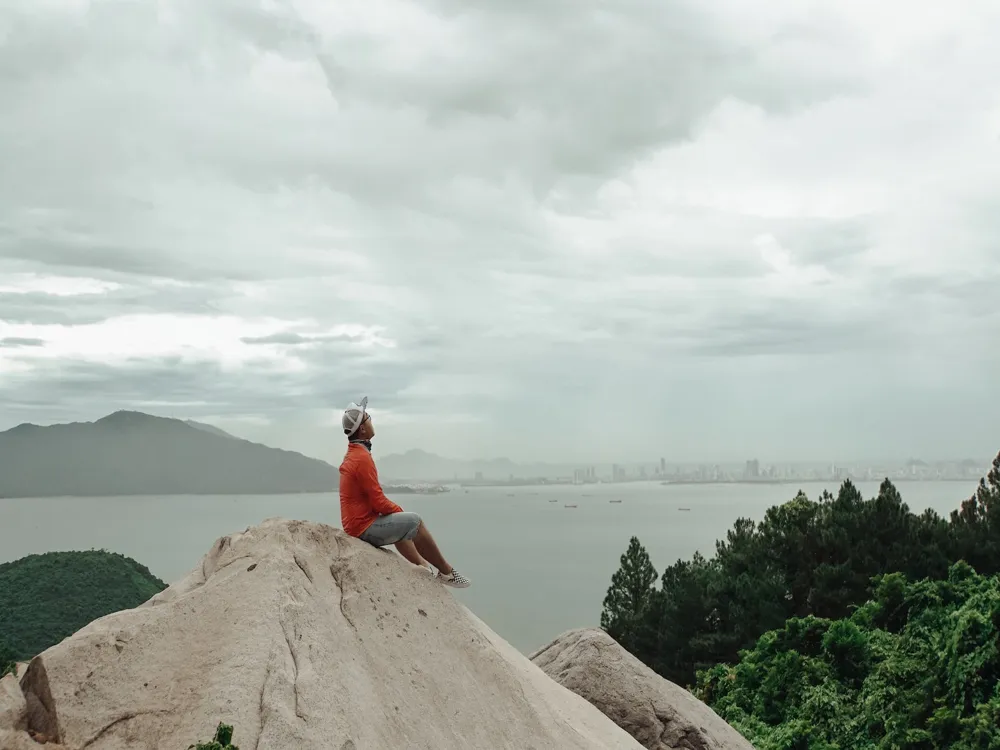Phong Nha Cave, a mesmerizing wonder located in the Phong Nha-Ke Bang National Park in Vietnam, stands as a testament to nature's artistry. This park, recognized as a UNESCO World Heritage site, showcases a stunning landscape of limestone karsts and lush forests, with the Phong Nha Cave being one of its most remarkable features. The cave, known for its spectacular rock formations, underground rivers, and large caverns, attracts thousands of visitors annually who come to witness its natural beauty and explore its hidden mysteries. Discovered centuries ago, Phong Nha Cave's history is as rich as its geological formations. It holds significant cultural and historical importance to the local community and Vietnam at large. This cave system, stretching over 7,729 meters, is famed for having the longest underground river, the largest cave passageways, and the most beautiful sandbanks and rock formations in the world. The cave is not just a natural wonder but also a place of scientific interest, offering insights into the geologic, hydrologic, and ecologic systems of the area. The journey into Phong Nha Cave begins with a serene boat ride on the Son River, leading up to the cave's mouth. As you enter the cave, you are greeted by the stunning sight of stalactites and stalagmites that have formed over millions of years, creating an awe-inspiring natural cathedral. The cave's ecosystem is unique, housing various species of flora and fauna, some of which are endemic to the region. Visitors to Phong Nha Cave can expect a captivating experience as they navigate through its large chambers and narrow passageways, each revealing different facets of the cave's beauty. The ambient lighting installed inside the cave enhances the natural features, creating a surreal and enchanting atmosphere. As you delve deeper, the cave unveils its hidden gems, including ancient inscriptions, evidence of human habitation, and fossils dating back millions of years. The Phong Nha Cave experience is not just about sightseeing but also about understanding the delicate balance of nature and the importance of conservation efforts to preserve such natural wonders. The cave's management team focuses on sustainable tourism practices, ensuring that the cave's beauty and ecological integrity are maintained for future generations to experience and enjoy. The architecture of Phong Nha Cave is a magnificent display of natural artistry. The cave's structure is a result of millions of years of geological evolution, shaped by water erosion and the deposition of minerals. The cave's interior is a labyrinth of stalactites and stalagmites, each telling a story of the cave's ancient past. The stalactites hang majestically from the cave's ceiling, while the stalagmites rise from the ground, creating an array of fascinating shapes and sizes. These formations are the result of mineral deposits from dripping water over centuries, each layer adding to the beauty and complexity of the cave's architecture. The cave's chambers are vast and varied, with some being large enough to house entire buildings. The main chamber, known as the Bi Ky Chamber, is particularly noteworthy for its size and the array of spectacular stalactites and stalagmites it houses. This chamber, along with others, displays an array of colors and textures, thanks to the various minerals present in the rock formations. The cave's rock formations are not just visually stunning but also scientifically significant, providing insights into the Earth's climatic and geological history. The river flowing through the cave has played a crucial role in shaping its architecture. Over time, the river has carved out deep gorges and created unique rock formations, adding to the cave's mystical appeal. The cave's underground river system is a marvel in itself, with its crystal-clear waters offering a glimpse into the cave's aquatic life. One of the most striking features of Phong Nha Cave's architecture is its natural skylights. These openings in the cave's ceiling allow natural light to filter in, creating a play of light and shadow that adds to the cave's enchanting ambiance. These skylights also provide a natural habitat for various plant species, adding a touch of green to the cave's predominantly rocky landscape. In conclusion, the architecture of Phong Nha Cave is a testament to the power and beauty of natural processes. It's a place where geology, hydrology, and biology come together to create a masterpiece that leaves visitors in awe of nature's capabilities. The best time to visit Phong Nha Cave is from February to August, when the weather is dry, making it ideal for exploring the cave and the surrounding national park. Comfortable clothing and sturdy footwear are recommended, as the cave exploration involves walking and sometimes navigating wet surfaces. Always follow the guidance of the tour operators and adhere to safety instructions, especially when boarding boats or walking in dimly lit areas of the cave. Use a camera with good low-light performance, and consider bringing a tripod for stable shots in the dimly lit cave environment. Respect the cave's natural environment by not touching the rock formations and disposing of waste properly. Phong Nha Cave is located in the Quang Binh Province of Vietnam and is accessible by various means of transportation. The nearest airport is Dong Hoi Airport, which is about 45 kilometers from the Phong Nha-Ke Bang National Park. From the airport, visitors can take a taxi or a bus to reach the park. Alternatively, visitors can also travel by train or bus from major cities like Hanoi or Ho Chi Minh City to Dong Hoi, and then proceed to the national park. For those preferring a scenic route, renting a motorbike or a car for a road trip to the park is a great option, offering the freedom to explore the beautiful countryside at their own pace. Read More: Phong Nha Ke Bang National Park Tourism Best Time to Visit Phong Nha Ke Bang National ParkOverview of Phong Nha Cave in Phong Nha-Ke Bang National Park
Architecture of Phong Nha Cave
Tips When Visiting Phong Nha Cave
Best Time to Visit
What to Wear
Safety Precautions
Photography Tips
Environmental Responsibility
How To Reach Phong Nha Cave
Phong Nha Cave
Phong Nha Ke Bang National Park
NaN onwards
View phong-nha-ke-bang-national-park Packages
Weather :
Tags : Cave
Timings : 7:30 AM - 4:30 PM
Time Required : 2-3 hours
Entry Fee : Cave Entry - 150,000 VND
Boat Charges - 360,000 VND
Planning a Trip? Ask Your Question
Phong-nha-ke-bang-national-park Travel Packages
View All Packages For Phong-nha-ke-bang-national-park
Top Hotel Collections for Phong-nha-ke-bang-national-park

Private Pool

Luxury Hotels

5-Star Hotels

Pet Friendly
Top Hotels Near Phong-nha-ke-bang-national-park
Other Top Ranking Places In Phong-nha-ke-bang-national-park
View All Places To Visit In phong-nha-ke-bang-national-park
View phong-nha-ke-bang-national-park Packages
Weather :
Tags : Cave
Timings : 7:30 AM - 4:30 PM
Time Required : 2-3 hours
Entry Fee : Cave Entry - 150,000 VND
Boat Charges - 360,000 VND
Planning a Trip? Ask Your Question
Phong-nha-ke-bang-national-park Travel Packages
View All Packages For Phong-nha-ke-bang-national-park
Top Hotel Collections for Phong-nha-ke-bang-national-park

Private Pool

Luxury Hotels

5-Star Hotels

Pet Friendly







